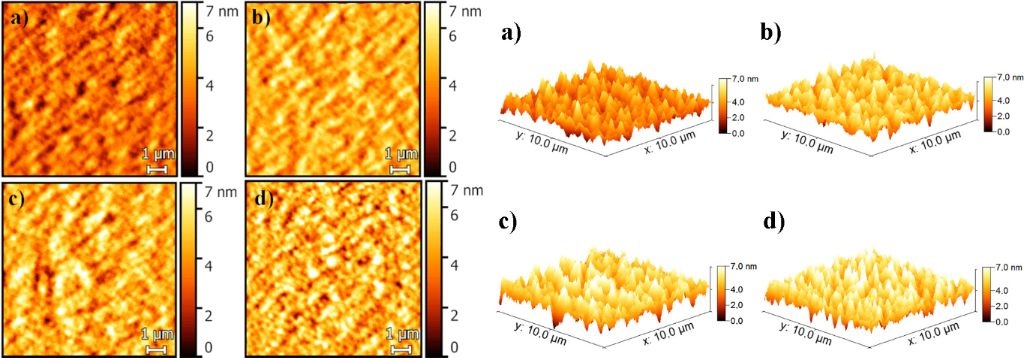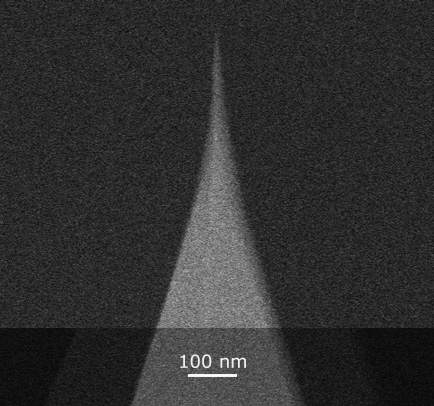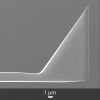
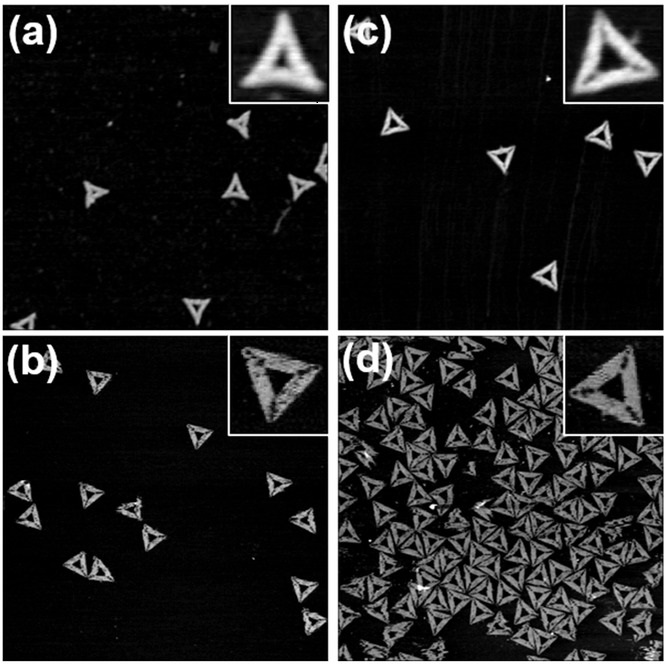
Cryopreservation of DNA Origami NanostructuresFri May 08 2020


How to choose your AFM probe | Interview by NanoAndMoreTue May 05 2020




BudgetSensonsors AFM Calibration NanogridMon Apr 27 2020


Discover how the wear behavior of nanotools high densitiy carbon CDR50-EBD AFM probesThu Apr 23 2020
Discover how the wear behavior of nanotools high densitiy carbon CDR50-EBD AFM probes with controlled 50 nm diameter compares to that of standard CDR silicon probes.




3D‐Printed Scanning‐Probe MicroscopesMon Apr 13 2020
3D‐Printed Scanning‐Probe Microscopes with Integrated Optical Actuation and Read‐Out'
Blow the dust off your good ol' 3D printer and print yourself an Atomic Force Microscope! : )


The Microscope That Uses Quantum Physics to Trace AtomsFri Apr 10 2020



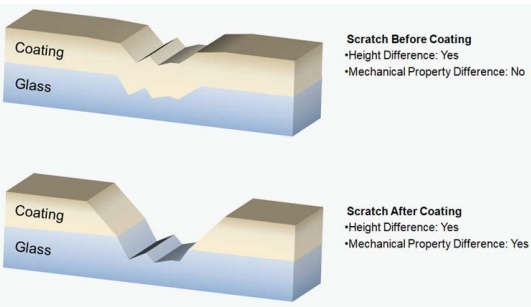
MikroMasch® HQ:NSC36 series AFM probesMon Mar 23 2020
Defect recognition on coating layer with MikroMasch® HQ:NSC36 series AFM probes using PinPoint nanomechanical mode






